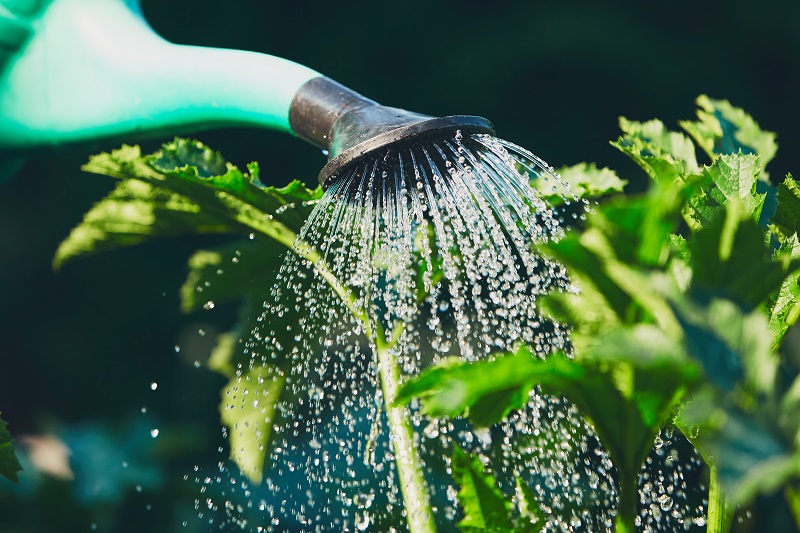Blog: The Chelsea Flower Show reminds us of water’s vital role in our environment


Karen Gibbs, Senior Policy Manager
The Chelsea Flower Show< opens in new window returned this week for a one-off autumn showcase. Like most of us watching the news coverage from home, I’m not lucky enough to be among the crowds who will be visiting this weekend. But seeing these exquisitely designed gardens on TV provided a moment to reflect on the importance of nature in all our lives: wildlife and outdoor spaces are fundamental to our mental health and sense of wellbeing.
Looking at the winning gardens, it’s striking how many incorporate water features (I particularly admired the M&G garden, designed by Harris Bugg studio, which celebrates nature in urban settings with water flowing from recycled industrial pipes).
The presence of running water in a garden is calming, but also symbolic: plants and wildlife cannot thrive without water. As climate change and a growing population place an increasing strain on our water supply, it’s essential that we leave enough water to allow plants, animals and local habitats to thrive.
This is a challenge for water companies, but it is also a challenge for us, the consumers: how can we play our part in preserving and valuing our water?
We have a range of water-saving tips and tools. I’ve picked out five here for the green-fingered:
- There’s no need to use tap water to water your garden – rain water is in fact much better for it. Invest in a water butt to capture and store rain water for the dry months.
- House plants are happy with leftover tap water. Keep a jug by the kitchen sink to collect running water while you’re waiting for the temperature to adjust or rinsing vegetables. You can also give them leftover ice cubes and drinking water. Your plants will drink it up just the same.
- Avoid watering your plants in the middle of the day when water is more likely to evaporate. Watering your plants at the roots, and covering flower beds with mulch, wood chips or gravel will also help to prevent water evaporating.
- Choose flowers and shrubs that thrive in hot and dry conditions. Your local garden centre can help you choose the best fit for your local soil and weather conditions.
- Lawns can survive longer periods of dry weather if you do not cut them too short. Try adjusting the height of your lawnmower blades or, even better, stop cutting your lawn entirely and let nature take its course. You’ll be amazed at the wildflowers that appear, and – take it from the designers at the Chelsea flower show – naturalistic planting is all the rage at the moment.
You might also enjoy this video by Water UK opens in new window of RHS water specialist Janet Manning sharing her tips for saving water in your garden or allotment.


